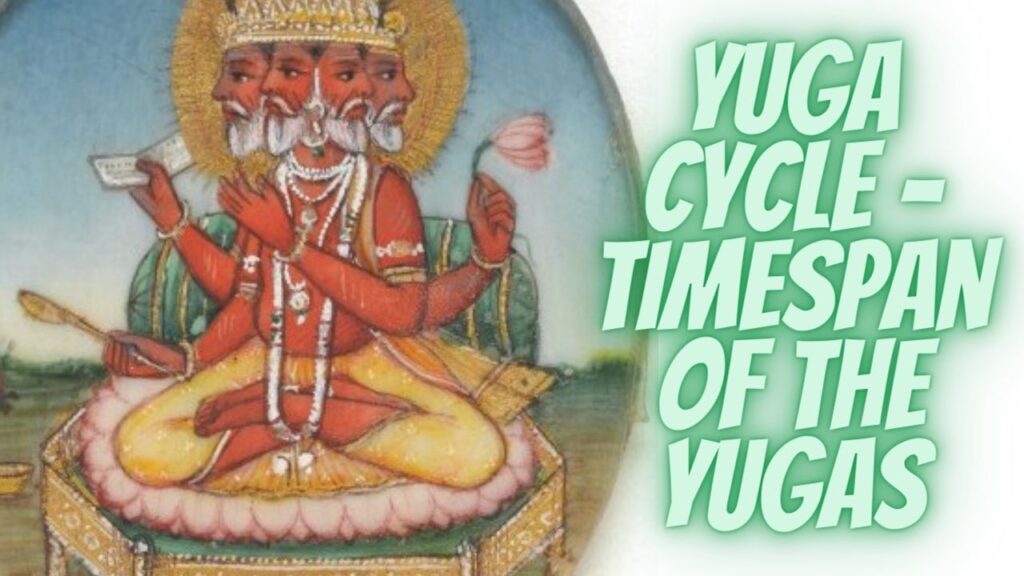
Meditation, a time-honored practice that has endured through the centuries, has recently surged in popularity as individuals worldwide seek to enhance their mental well-being and achieve a state of inner peace. This ancient technique involves channeling one’s focus and thoughts to attain a deep sense of relaxation. From Hindu and Buddhist monks to prominent figures in contemporary society, meditation has captivated the hearts of millions. In this article, we will embark on a journey to explore the diverse array of meditation techniques, including the transformative Mantra Meditation, inspired by the profound teachings of the Bhagavad Gita. We will also delve into the myriad benefits that can be harnessed by incorporating meditation into your daily routine. As elucidated in the Bhagavad Gita, meditation possesses the remarkable ability to bestow enduring advantages upon our lives. By embracing this practice, we can effectively alleviate stress, gain a profound understanding of our emotional and physical discomforts, cultivate stronger interpersonal relationships, sharpen our concentration, and foster a deep sense of self-compassion. Let us embark on this enlightening meditation guide and discover the transformative power it holds for our overall well-being.








